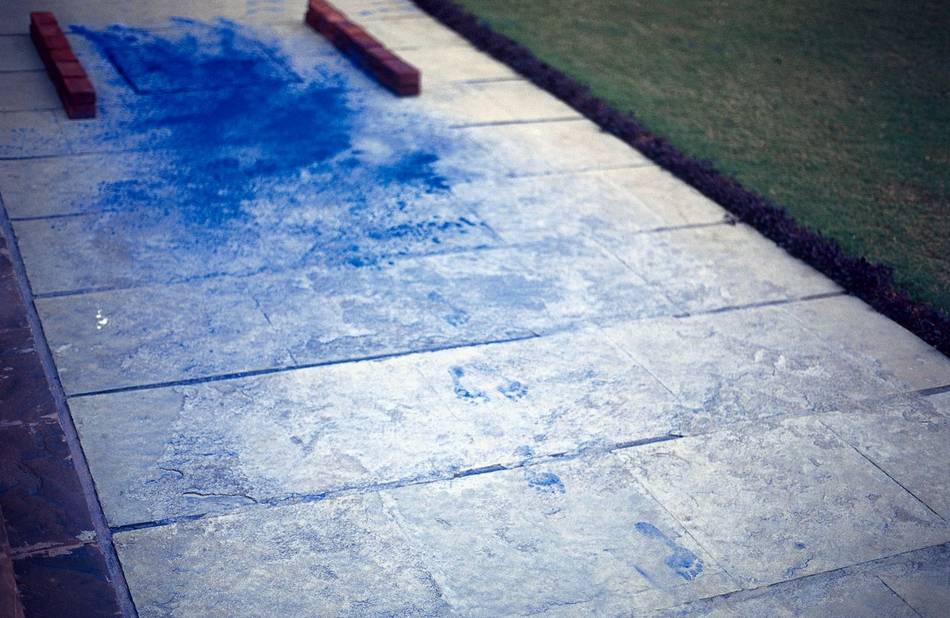In Order to Join
The political element at a historic moment

With it's exhibition “In Order to Join”, the Museum Abteiberg turned its attention to a generation of international female artists who were born between 1947 and 1957. As girls and young women, they lived through the Cold War, the oil crisis and Indira Ghandi’s seizure of power. They developed their first artistic positions during a period of social upheaval, liberalisation and emancipation. What impact did the artistic developments and events of contemporary history have on the works of this generation of female artists in the 1980s and 1990s? This exhibition featured early works by such artists as Pushpamala N, Shirin Neshat, Astrid Klein, Shelagh Keeley and Angela Grauerholz, which were created in response to important art movements like minimalism, pop and performance art, but cannot be distinctly classified as such. The artists followed conceptual strategies which frequently included the call to participate in political and artistic processes.
The works by Rummana Hussain (1952–1999) served as the starting point of the exhibition. The Indian artist produced a number of significant works of early concept, installation and multimedia art in Mumbai and New York. The title of the exhibition refers to a video she produced in New York in 1997, depicting Hussain walking across the Queenborough Bridge in traditional Indian garments. The image of her simply walking over the bridge symbolises the desire to participate and do something “in order to join”.
Curators: Swapnaa Tamhane (CN), Susanne Titz
Artists: Sheela Gowda (IN) Angela Grauerholz (CN), Jamelie Hassan (CN), Rummana Hussain (IN), Shelagh Keeley (CN), Astrid Klein, Ana Mendieta (CU), Pushpamala N, (IN) and others.
Contact
Städtisches Museum Abteiberg
Abteistr. 27
41061 Mönchengladbach
www.museum-abteiberg.de (external link, opens in a new window)
